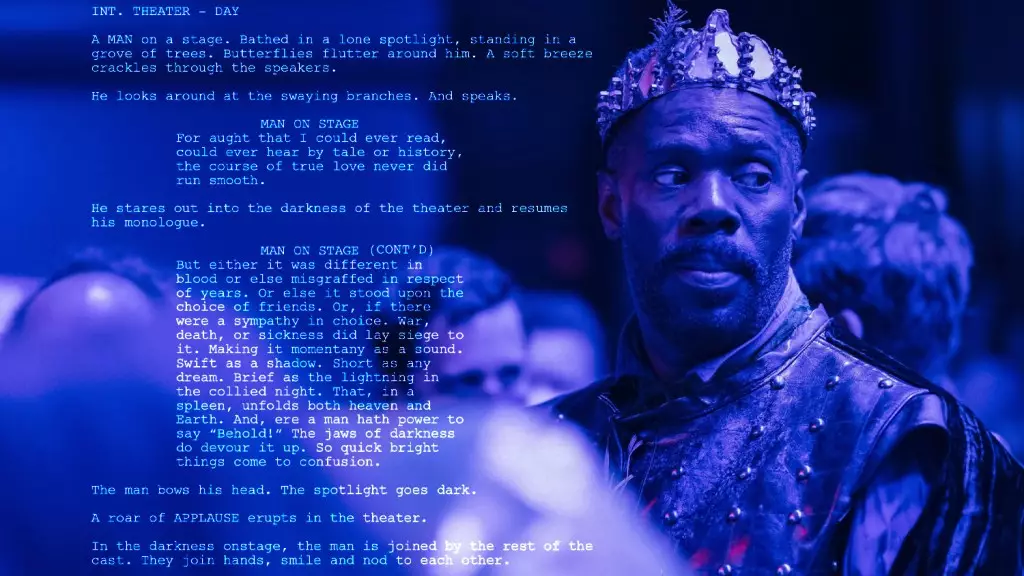The cinematic landscape continuously evolves, offering stories that resonate deeply with our collective consciousness. “Sing Sing,” directed by Greg Kwedar and featuring Colman Domingo in a compelling lead role, stands as a poignant example of how film transcends mere entertainment and serves as a powerful medium for social commentary. Based on the true story of John “Divine G” Whitfield, who experiences life behind bars for a crime he did not commit, the film expertly navigates themes of redemption and the human spirit’s resilience.
At the heart of “Sing Sing” is the illuminating concept of art as rehabilitation. The movie hinges on the Rehabilitation Through the Arts (RTA) program initiated at New York’s Sing Sing Correctional Facility in 1996. Initially comprising a simple theater workshop, RTA has blossomed into a multifaceted arts initiative covering various prisons across the state, facilitating the transformative power of creative expression for incarcerated individuals. This is especially compelling given that less than 3% of RTA participants return to prison, a stark contrast to the national average recidivism rate of 60%.
Leslie Lichter, the interim director of RTA, encapsulates the film’s essence by asserting that it authentically portrays the incarcerated community. This authenticity resonates not only with those who have faced similar reckonings but also with a broader audience eager to grasp the nuanced realities of life in prison and the potential for redemption.
The narrative of “Sing Sing” is not solely about the trials of its characters but also about their triumphs. Clarence “Divine Eye” Maclin, who plays himself in the film, voices a powerful sentiment about the importance of being heard and seen. His reflections extend beyond personal healing; they offer a beacon of hope to those still caught in the punitive clutches of the justice system. The desire to show others that a fulfilling life is possible post-incarceration underlines the film’s central message—brokenness can lead to healing, and society must be willing to embrace those returning from prison.
The accolades for “Sing Sing” speak to its profound impact, garnering recognition at several award circuits, including the National Board of Review and the Spirit Awards. Such acclaim reinforces the idea that stories rooted in authentic experiences can not only entertain but also inspire social change and foster a deeper understanding of marginalized voices.
As “Sing Sing” continues to make waves in the industry, it serves as a clarion call for society to reevaluate its perceptions of incarceration. The film embodies the spirit of resilience found in art, illuminating pathways towards reconciliation, reflection, and ultimately, reintegration. With its narrative, “Sing Sing” does more than entertain—it champions the notion that even amid despair, hope and humanity flourish through creative expression. Through films like “Sing Sing,” we are reminded of our shared humanity and the transformative power of storytelling in acknowledging that every individual has inherent value and potential for redemption.

